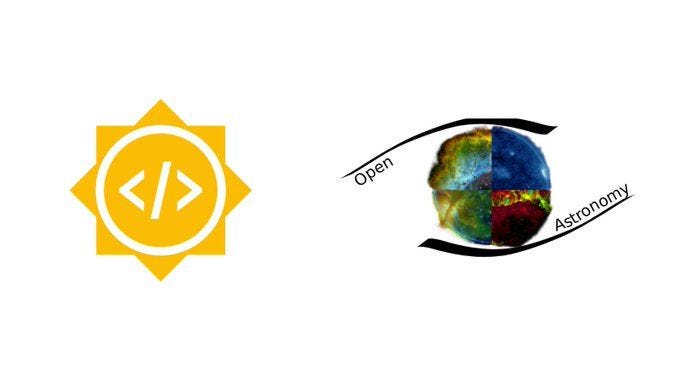Officially Started. Unofficially...not so much.
2022 06 04 Chapter 0
Week 9, 10 and 11 - The challenge, the calamity, the hope, and the salvation.
1. The challenge
After successfully dealing with Mr. Minou’s case, I got a message from another RADIS spectroscopic scientist - Mr. Corentin Grimaldi, a Ph.D. candidate of CentraleSupélec, Paris. He had several experimental spectra containing CO and CO2 at different temperatures and possibly in non-equillibrium. There were 3 spectra in total, and he also provided 3 Python scripts he used to fit them:
GSoC @ Stingray: Testing Testing Testing …
GSoC @ Stingray: Testing Testing Testing …
After getting the code for bexvar in working condition, the next task in front of me was to test the code. As I mentioned in the last blog I was completely new to software testing. This meant a lot of new things to learn.
In this blog, I am going to write about my experience with testing. This was one of the best learning experiences of my GSoC journey so far. With the help of my mentors, I arrived at the conclusion that primarily there are three kinds of tests that would be needed for bexvar.
(1) Unit tests to check if various components of my code provide the correct outputs individually.
GSoC Blog #3

Mid Evaluations are over, and I’m glad to be back at work. As the base functionality is done now, I am on to provide user APIs to create cross spectra and periodograms from actual astronomical data easily.
I was busy the first week after the mid-term due to intern season at my campus, so that I couldn’t contribute much. Afterward, I started by understanding different functionalities related to photon count events next week. The plan was to:
- Read the photon count data from different file formats and get the essential information like time, GTIs, PI channels, etc.
- Create EventList struct and handle different methods like sorting, joining, filtering, and simulating these data.
- Test these methods by appropriately re-binning, creating periodograms, and plotting the data.
There was also modification in the git workflow as the documentation branch was based on the gti one, which now has its parent main.
Unit Selection
Unit Selection Previously radis only supports the fixed arbitary units cm-1(wavelength range) , bar(pressure) .. , but now user can chose…
week 9 and week 10
Dr. Erwan and Mr. Anand (my mentors) suggested since my Non-Air Diluent project was getting large I should first create a separate PR for…
Adding hitemap databank
hitemap integration Previously radis app is supported two databanks to load the spectrum . Now we are implemented hitemap on the interface…
week 9 and week 10
Dr. Erwan and Mr. Anand (my mentors) suggested since my Non-Air Diluent project was getting large I should first create a separate PR for…